Congratulations 2022 Postdoctoral Research Development Grant (PRDG) Awardees!

Postdoctoral Affairs is pleased to announce the 2022 Postdoctoral Research Development Grant (PRDG) awardees winners. PRDGs were established to support University of Arizona postdoctoral scholars in the development of their independent research skills to advance their career goals. The awardees will go on to conduct an independent research project (New Project PRDG) or obtain additional training specific to their field (New Skills PRDG). Congratulations!
Applications for the PRDGs (New Project; New Skills Training) are accepted annually. The new award cycle will begin in January, 2023. Click here for more information about the PRDGs.
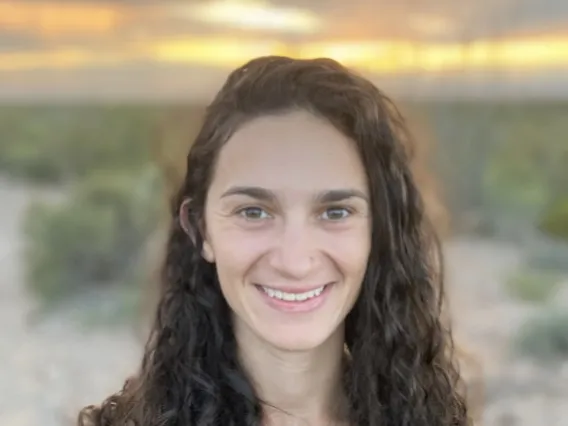
Ellie Broadman
"Attending a Detection & Attribution workshop to develop applied (paleo)climate science skills"
Laboratory of Tree-Ring Research
Dr. Broadman received PRDG funds to attend a workshop on Detection and Attribution (D&A) hosted by the Institute for Mathematical and Statistical Innovation; D&A pinpoints of the role of global warming in extreme events like hurricanes, floods, and fires. Dr. Broadman plans to enhance such analyses by incorporating data from tree-ring-based climate reconstructions, which document climate variability prior to global warming. This is a skillset broadly desired within the paleoclimate community and she anticipates advising scientists and policy makers at UArizona and beyond.
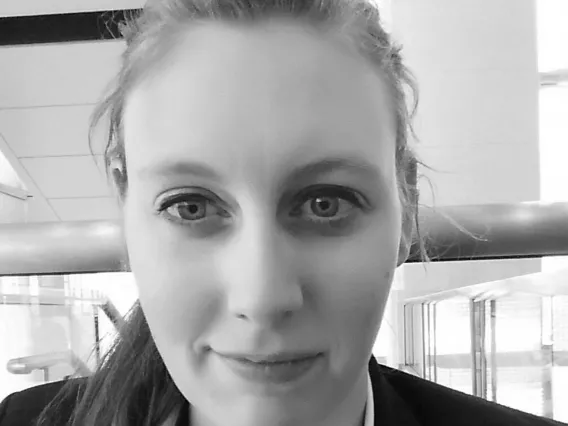
Avery DeVries
“Environmental Influences on Innate Immune Response and its Role in Childhood Asthma”
Asthma and Airway Disease Research Center - College of Medicine
Dr. DeVries will use her PRDG funds to purchase reagents necessary for developing a model of different states of innate immune memory. Dr. DeVries’ previous work has shown that a newborn’s innate immune response is influenced by environmental conditions and that these play a pivotal role in the risk of developing childhood asthma. Creation of these models will allow Dr. DeVries to test the specific mechanistic changes that occur in innate immunity when exposed to different types of environments. This work will improve our understanding of why certain populations of newborns may be more susceptible to the development of childhood asthma which is the most common chronic disease seen in children.
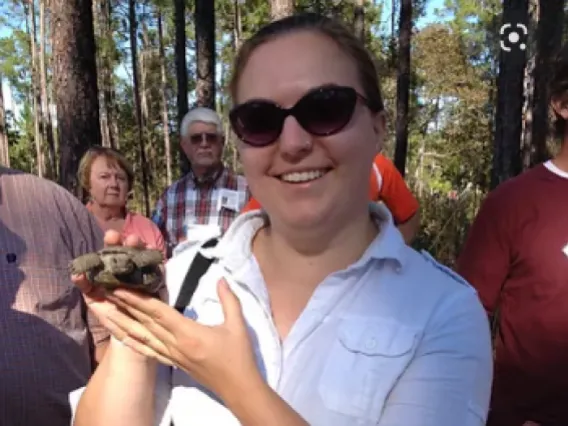
Katherine Hovanes
“Combined strategies for control of invasive grasses and native plant restoration”
School of Natural Resources and the Environment - The Gornish Lab
Dr. Hovanes will use her New Project PRDG funds to conduct an experiment on the interaction between native and invasive plant species. This work will inform ecological restoration efforts by identifying the native plants capable of out-competing invasive grasses. Moreover, this project will provide preliminary data for larger research grants supported by Western Sustainable Agriculture Research and Education (Western SARE) and the NSF. Dr. Hovanes is excited about the mentorship experience this project will provide and has a goal of establishing her own independent research program.
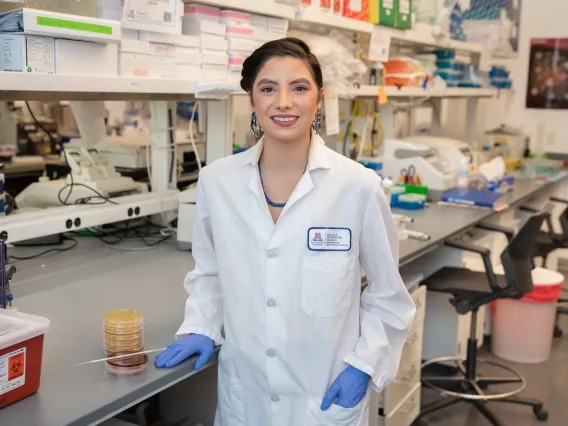
Nicole Jimenez
“Training in Methods of Advanced Computational Microbiome Analysis for Research in Understudied Gynecological Conditions”
Department of Obstetrics and Gynecology (OB/GYN) - College of Medicine
Dr. Jimenez received PRDG funding to attend training in biostatistics, metagenomic sequence analysis, putative metabolic pathway analysis and machine learning for advanced computational microbiome analysis at the University of Chicago – Marine Biology Institute. These skills will advance Dr. Jimenez’s work in studying host-microbiome interaction related to women's health and disease. Dr. Jimenez will apply these bioinformatic techniques to both the Herbst-Kralovetz lab's 3D cell culture models as well as large-scale clinical datasets to study understudied gynecological conditions, with an emphasis on underrepresented communities.
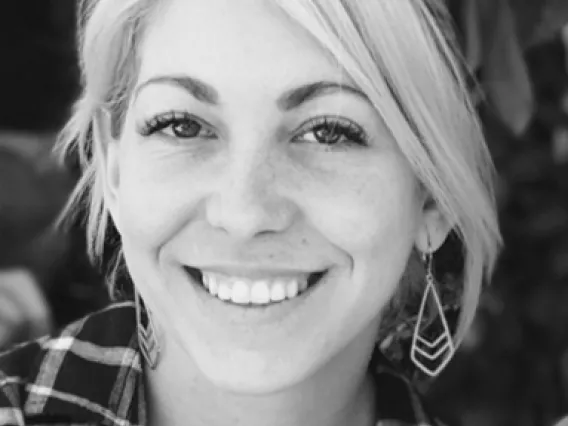
Linnea Linde-Krieger
“Patterns of Oxytocin in Mothers with Opioid Use Disorder and its Implications for Bonding and Attachment”
BIO5 Institute
Dr. Linde-Krieger was awarded the Postdoctoral Research Development Grant to complete an interdisciplinary research project examining patterns of oxytocin, a neuropeptide with implications for bonding and attachment, among mothers with opioid use disorder (OUD) and their infants. OUD during pregnancy has increased nearly 500% in the last two decades and is associated with neonatal abstinence syndrome (NAS), a condition characterized by infant withdrawal symptoms. Mothers with OUD are at risk for decreased oxytocin levels and insensitive caregiving during interaction with their infants, which may compound the negative health effects of NAS. Dr. Linde-Krieger’s research has important implications for understanding neuroendocrine regulation among high-risk mothers and infants, and has potential to inform interventions that support positive infant development.
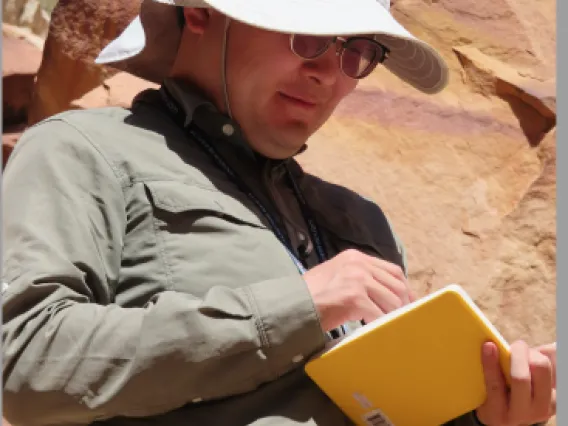
Tao Liu
“An iterative modeling approach to flood damages”
Geosciences
Dr. Liu was awarded a PRDG to support a project in which he will simulate floods in 3D space. The proposed experiments will produce hypotheses about the interaction of flood flow with infrastructure and the characteristics that make these interactions particularly destructive. This research is especially relevant because areas threatened by flooding are expected to grow in coming years and decades. Dr. Liu will use this project to develop a framework for iterative modeling that will involve field investigation and hydraulic analyses, with the ultimate goal of improving understanding of complex flood flows in order to more effectively facilitate flood mitigation.
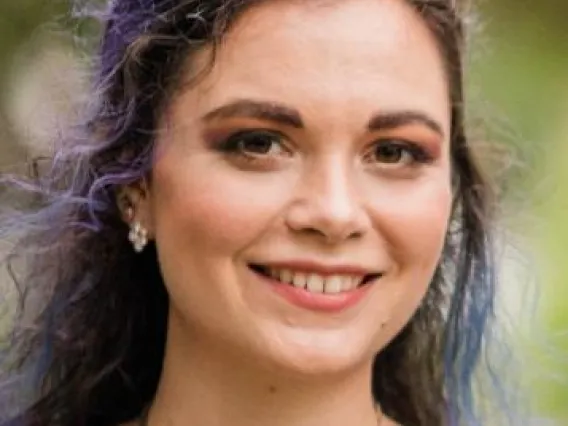
Sarah Moran
“Alteration of Planetary Hazes Related to Composition of Host Star”
Lunar and Planetary Laboratory
Dr. Moran plans to use her PRDG funds to perform studies on how planetary hazes (appearance and composition of a planet’s atmosphere) are altered based on the composition of their host star. This project will entail studying the optical properties of haze samples before and after exposing the samples to UV radiation mimicking a flaring star. Dr. Moran will use the data that she collects to create synthetic atmospheric models which will be compared to data collected by the Hubble Space Telescope and James Webb Space Telescope. Models of planetary haze composition and alteration will help us understand how host stars change the atmosphere and climate of planets which affect their potential to support life.

Kristin Morrill
“Factors Influencing the Decisions of When and Where to be treated in Hispanic Cancer Survivors”
College of Medicine
Dr. Morrill was awarded PRDG funding to support her work in understanding the experiences of Hispanic cancer survivors and how their decisions of where and when to be diagnosed and treated were made. Dr. Morrill will lead a team conducting interviews with English and Spanish-speaking Mexican-origin (i.e., those identifying as being of Mexican descent) cancer survivors to elucidate themes in their experiences and decision-making processes. The qualitative work will provide a lens with which to better understand previously documented disparities experienced by Mexican-origin cancer survivors through the diagnosis and treatment of cancer. This work will help Dr. Morrill progress towards her goal of addressing cancer health disparities as an independent researcher.
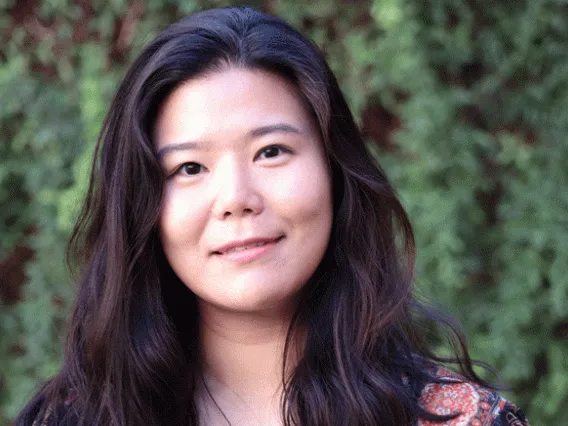
Boyoung Song
“Size-Dependent Distribution of Toxic Elements in Mine Tailings”
Department of Environmental Science
Dr. Song will use her PRDG funds to investigate the toxic elements in mine tailings by correlating the physical and chemical properties of those materials. Her work proposes a novel approach to accurately assess the environmental risk of such wastes by linking the physical properties such as particle sizes and surface areas and the concentrations of toxic elements (chemical property). This project will demonstrate the particle size effect of mine tailings in liberating and/or accumulating toxic elements at the contaminated sites and will provide valuable information for environmental remediation and protection.

Teodora Stoica
“Neuroimaging Skills Training during the Organization for Human Brain Mapping Meeting in Scotland, UK”
Psychology
Dr. Stoica received PRDG funds to participate in the Organization for Human Brain Mapping (OHBM) workshop. This workshop will feature junior and senior scientists of various backgrounds who will teach hands-on workshops about ground-breaking developments in the brain imaging field. Dr. Stoica will use these neuroimaging analysis methods to advance the research she is conducting bridging emotion, memory and language and how these facets of cognition change over our lifespan. Her career goal is to become an established independent researcher that leverages multimodal human brain imaging methods to investigate how the brain changes as we age.
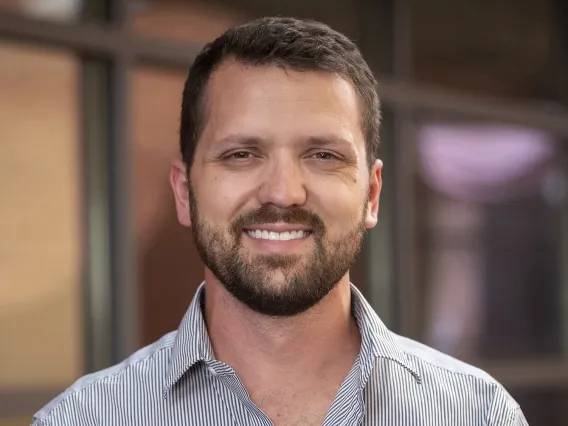
Dallin Tavoian
“Training in Transcranial Doppler Imaging to study Cerebrovascular Blood Flow During Exercise”
Physiology - College of Medicine
Dr. Tavoian will be using PRDG funding to receive training in transcranial doppler imaging (TDI) under the guidance of Dr. Douglas Seals at the University of Colorado Boulder. TDI is a non-invasive imaging method that can be used to measure and quantify changes in blood flow to the brain. Dr. Tavoian is interested in applying TDI towards the study of changes in cerebrovascular blood flow during exercise and its relation to cognition. The skills Dr. Tavoian develops using the PRDG funds will be applied towards his goals of performing independent research aimed at identifying time-efficient exercise interventions for older adults with cardiovascular disease.

